Inbox and Environment News: Issue 438
February 16 - 22, 2020: Issue 438
Pittwater Natural Heritage Association Bird Walks And Talks Next Weekend
PNHA Activities for 2020, will be on Fridays and Sundays. The first is on Friday February 21, 2020. Free guided Irrawong Waterfall Track walk. Booking through Eventbrite
Free guided Irrawong Waterfall Track bird and plant walk on Sunday February 23rd, 2020. Booking through Eventbrite.
The Pittwater Natural Heritage Association has been formed to act to protect and preserve the Pittwater areas major and most valuable asset – its natural heritage.
PNHA is an incorporated association seeking broad based community membership and support to enable it to have an effective and authoritative voice speaking out for the preservation of Pittwater’s natural heritage. Please contact us for further information.
Visit: www.pnha.org.au
Our aims:
- To raise public awareness of the conservation value of the natural heritage of the Pittwater area: its landforms, watercourses, soils and local native vegetation and fauna.
- To raise public awareness of the threats to the long-term sustainability of Pittwater’s natural heritage.
- To foster individual and community responsibility for caring for this natural heritage.
- To encourage Council and the NSW Government to adopt and implement policies and works which will conserve, sustain and enhance the natural heritage of Pittwater.
Hot Days Forecast: Please Keep Your Bird Baths Topped Up Or Put Out Shallow Dishes Of Water In The Shade For Local Fauna
Saving Grevillea Caleyi: Join The Baha’i Temple Bushcare Group
Bush regeneration at the Baha'i Temple is on again, so please join us on Monday 17 February, from 8.30 am to 11.30 am
Meet on site at the picnic shelter at 8.30 am. New volunteers welcome, training will be provided. Wear long trousers, a long sleeved shirt and boots or closed in shoes.The session will be cancelled in the event of rain. For more information contact David Palmer on 0404 171 940.
Saving Grevillea Caleyi: Join The Baha’i Temple Bushcare Group - Profile

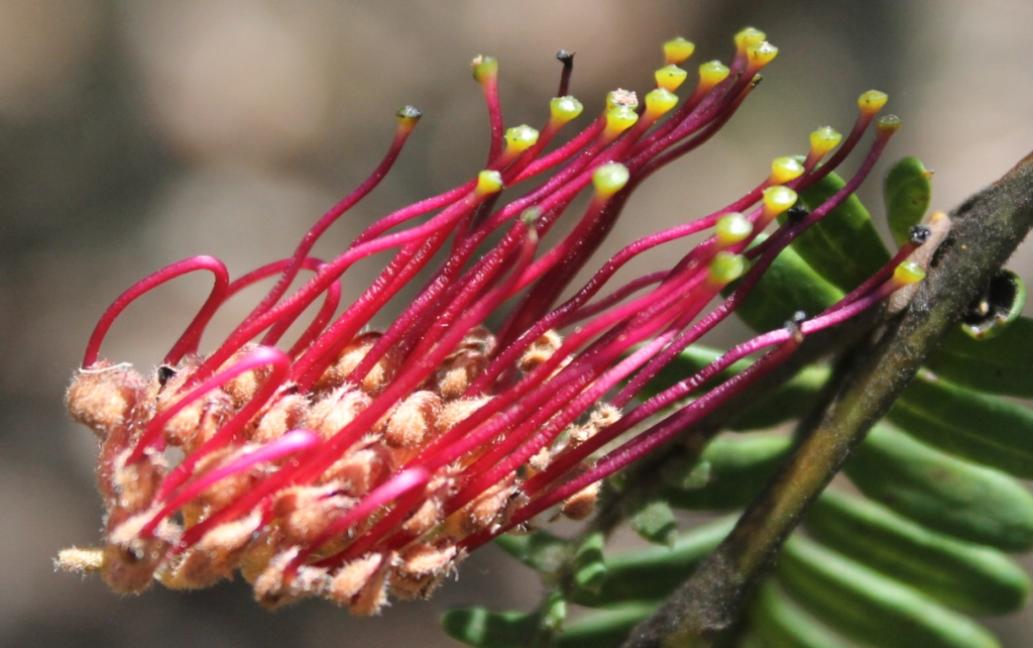
Curl Curl Clean Up: Feb 23 - NB Clean Up Crew
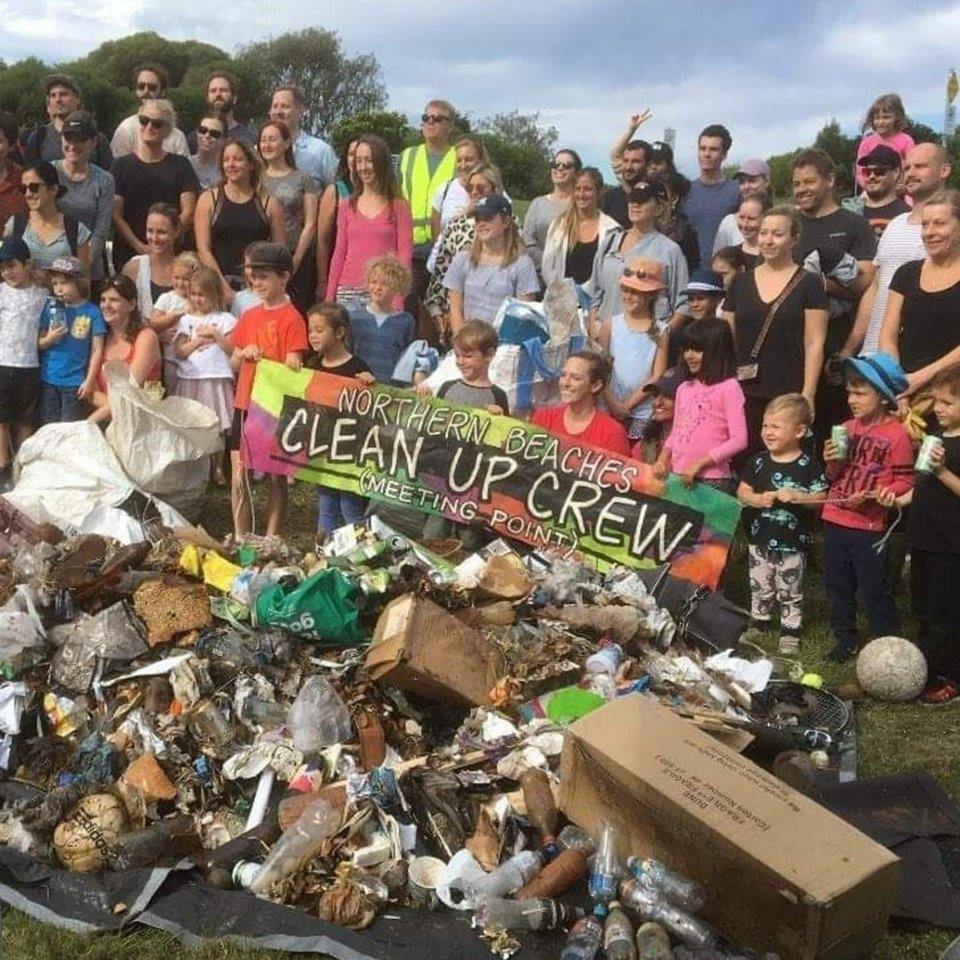
Friends Of Narrabeen Lagoon February 2020 Forum - Catchment Secrets Of Narrabeen Lagoon Catchment: Discoveries So Far In The 21st Century
 Next Forum: 7pm Monday Feb 24, 2020
Next Forum: 7pm Monday Feb 24, 2020Friends Of Narrabeen Lagoon Catchment: Bushwalks 2020
PNB 1st Meeting For 2020: Habitat Protection
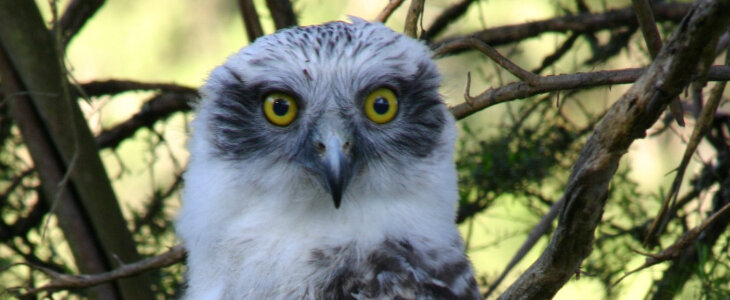
North Narrabeen Beach Clean: March 1- Legends Cleaning Beach Vol. 6.
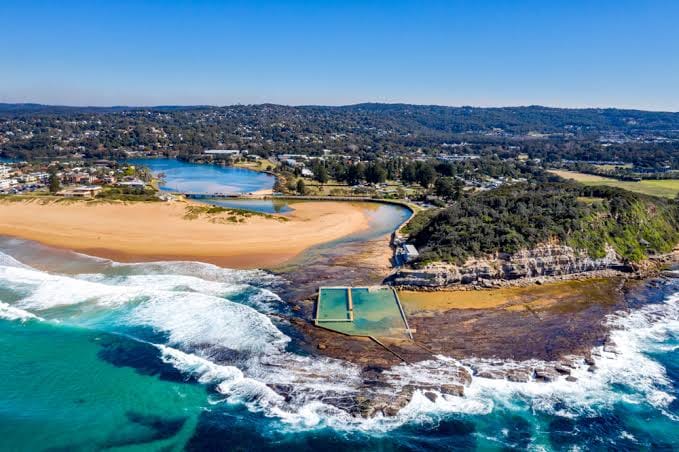 Hosted by Legend Element
Hosted by Legend ElementRock Platform Tour
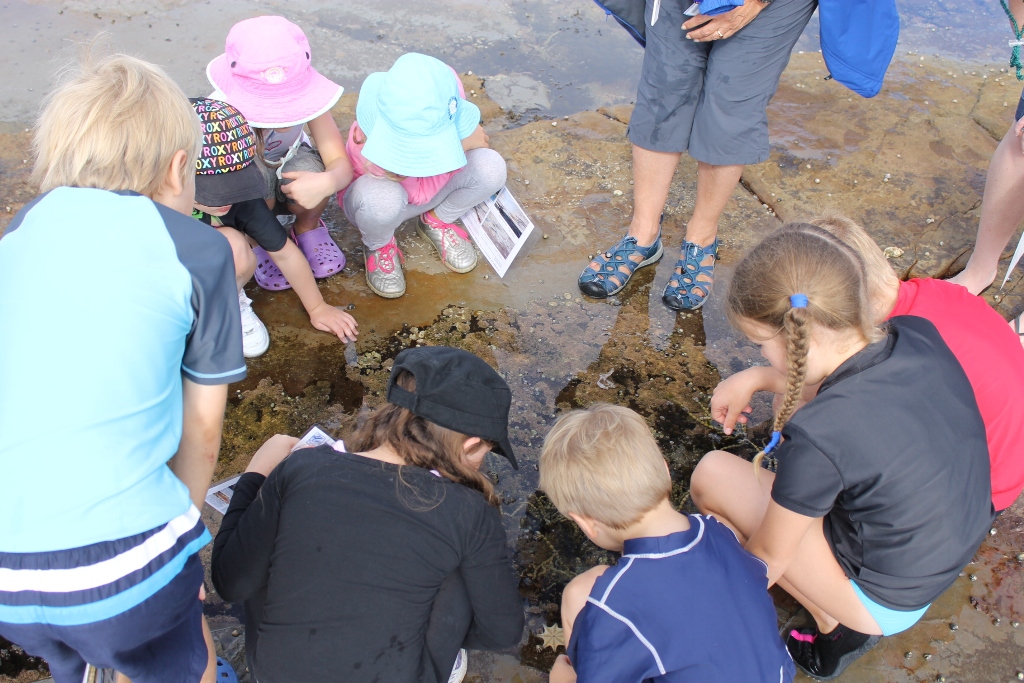
Haerses Road Quarry MOD 3 - Production Increase
Offshore Clean Energy Infrastructure - Proposed Framework: Consultation
.jpg?timestamp=1579841018012)
Extension To Submissions For EPBC Act Review
Wildlife Care This Summer
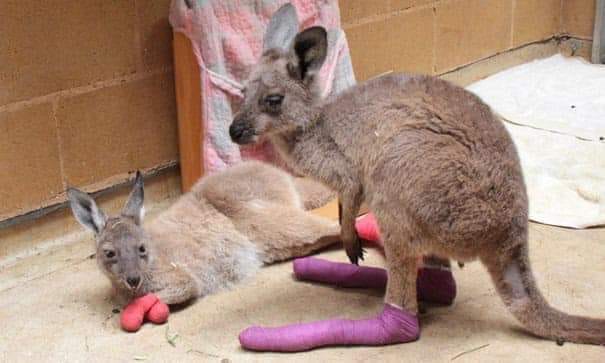
Bushcare In Pittwater
Where we work Which day What time
Avalon
Angophora Reserve 3rd Sunday 8:30 - 11:30am
Avalon Dunes 1st Sunday 8:30 - 11:30am
Avalon Golf Course 2nd Wednesday 3 - 5:30pm
Careel Creek 4th Saturday 8:30 - 11:30am
Toongari Reserve 3rd Saturday 9 - 12noon (8 - 11am in summer)
Bangalley Headland 2nd Sunday 9 to 12noon
Bayview
Winnererremy Bay 4th Sunday 9 to 12noon
Bilgola
North Bilgola Beach 3rd Monday 9 - 12noon
Algona Reserve 1st Saturday 9 - 12noon
Plateau Park 1st Friday 8:30 - 11:30am
Church Point
Browns Bay Reserve 1st Tuesday 9 - 12noon
McCarrs Creek Reserve Contact Bushcare Officer To be confirmed
Clareville
Old Wharf Reserve 3rd Saturday 8 - 11am
Elanora
Kundibah Reserve 4th Sunday 8:30 - 11:30am
 Mona Vale
Mona Vale Mona Vale Beach Basin 1st Saturday 8 - 11am
Mona Vale Dunes 2nd Saturday +3rd Thursday 8:30 - 11:30am
Newport
Bungan Beach 4th Sunday 9 - 12noon
Crescent Reserve 3rd Sunday 9 - 12noon
North Newport Beach 4th Saturday 8:30 - 11:30am
Porter Reserve 2nd Saturday 8 - 11am
North Narrabeen
Irrawong Reserve 2nd Saturday 2 - 5pm
Palm Beach
North Palm Beach Dunes 3rd Saturday 9 - 12noon
Scotland Island
Catherine Park 2nd Sunday 10 - 12:30pm
Elizabeth Park 1st Saturday 9 - 12noon
Pathilda Reserve 3rd Saturday 9 - 12noon
Warriewood
Warriewood Wetlands 1st Sunday 8:30 - 11:30am
Whale Beach
Norma Park 1st Friday 9 - 12noon
Western Foreshores
Coopers Point, Elvina Bay 2nd Sunday 10 - 1pm
Rocky Point, Elvina Bay 1st Monday 9 - 12noon
Gardens And Environment Groups And Organisations In Pittwater
Pittwater Reserves
Gould's Petrels Breed On Broughton Island After 10 Years
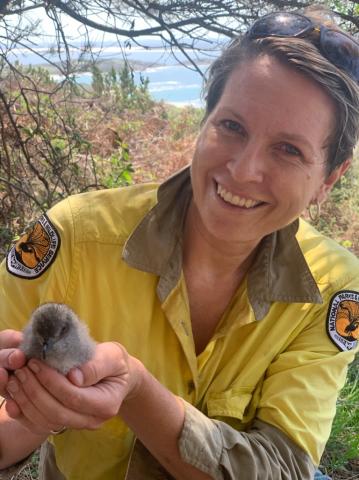 For the first time in a decade there’s evidence Gould’s Petrels have bred on Broughton Island near Port Stephens, National Parks and Wildlife Service (NPWS) Director Hunter Central Coast Kylie Yeend said.
For the first time in a decade there’s evidence Gould’s Petrels have bred on Broughton Island near Port Stephens, National Parks and Wildlife Service (NPWS) Director Hunter Central Coast Kylie Yeend said.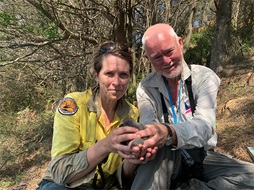 Since 2012 a total of 20 volunteer birdwatchers from HBOC have been part of quarterly visits to stay on Broughton Island for two nights to undertake bird monitoring for NPWS.
Since 2012 a total of 20 volunteer birdwatchers from HBOC have been part of quarterly visits to stay on Broughton Island for two nights to undertake bird monitoring for NPWS.
More About Gould's Petrel
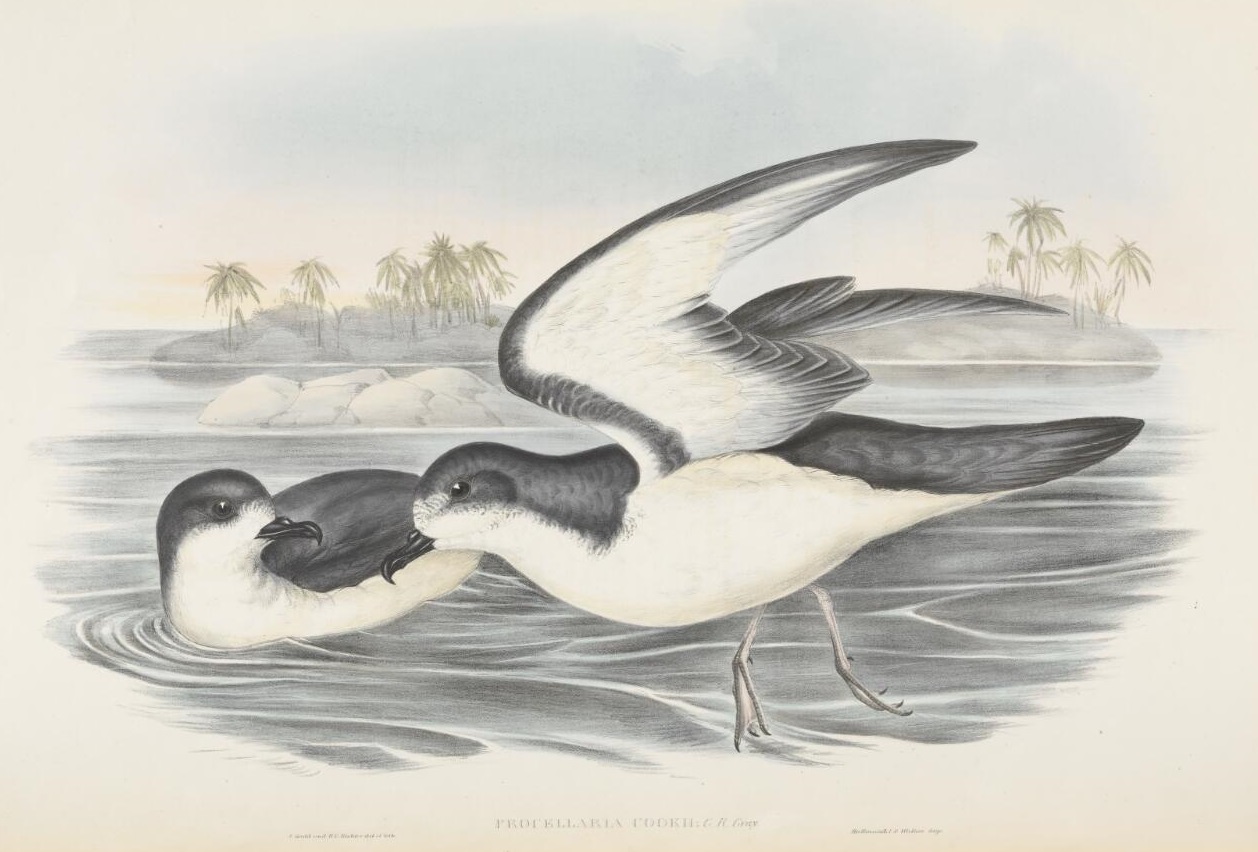
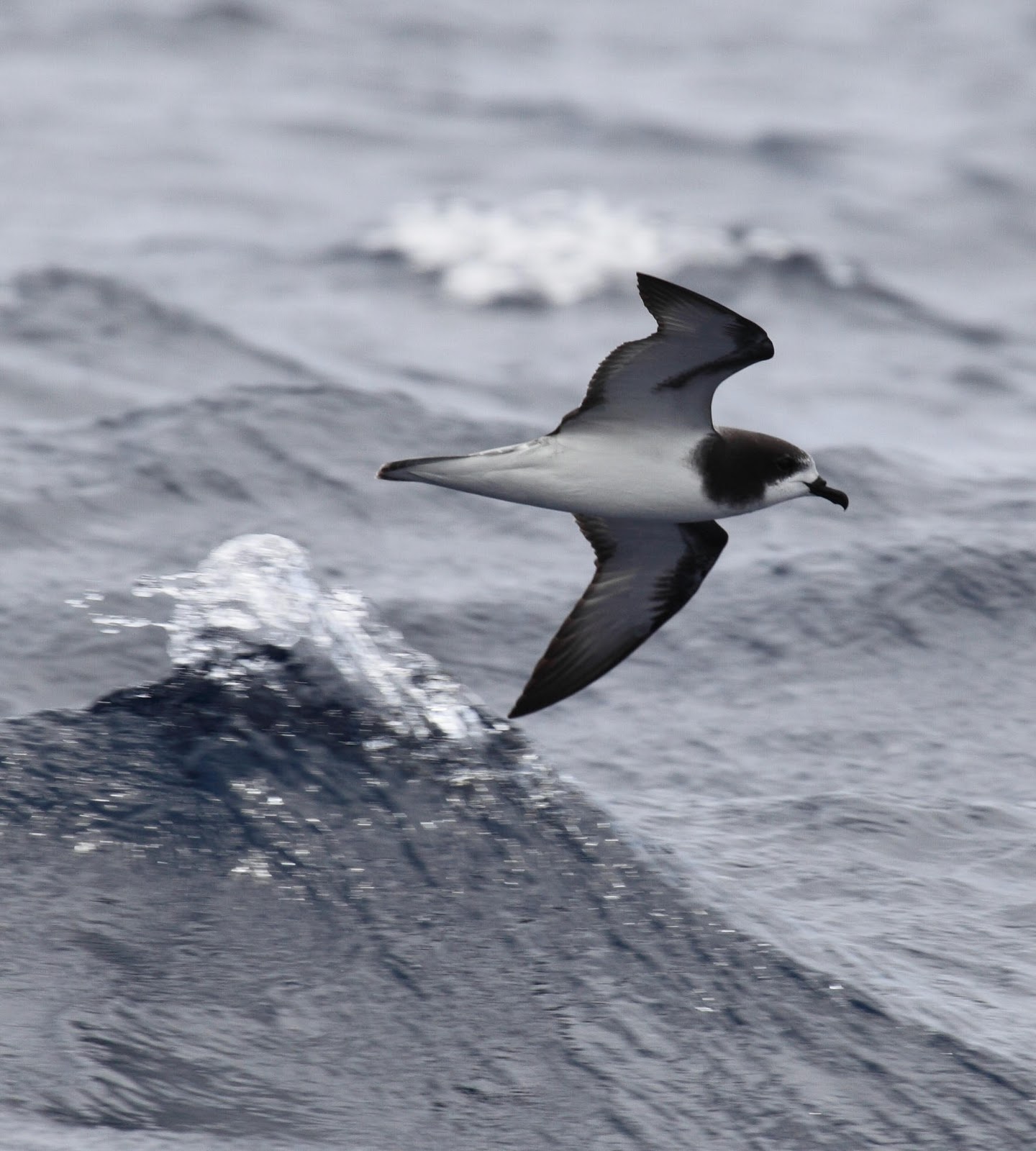
Woolworths, Foodbank And WWF-Australia Band Together To Support Wildlife
February 12, 2020
Tens of thousands more sweet potatoes and carrots have been flown by helicopter into NSW national parks with Woolworths, Foodbank and WWF-Australia banding together to support the NSW Government’s aerial food drop program.
NSW Saving our Species Program Manager Linda Bell said the collaborative effort was to sustain specific endangered species in bushfire affected areas.
“Woolworths and Foodbank are donating carrots and sweet potatoes, and WWF-Australia is funding more helicopter flights, to deliver emergency food to the endangered Brush-tailed rock-wallaby while other food sources become available,” Ms Bell said.
Woolworths Supermarkets Managing Director, Claire Peters said they were pleased to further add to their existing financial and surplus food donations to wildlife charities by standing together with the NSW Government, WWF and Foodbank.
“The impact of these bushfires on Australian wildlife has captured the attention of our teams and customers, who are looking to us as a business to provide additional support.
“Supporting this program with the supply of fresh food from Woolworths will make a meaningful and immediate impact on the lives of our vulnerable and endangered native species,” Ms Peters said.
WWF-Australia CEO, Dermot O’Gorman said the bushfires have devastated communities and our wildlife is hurting like never before, so we must look for innovative solutions like these food drops to make a difference.
“Thanks to the generosity of our supporters we can help our native species that are struggling without access to their natural food and water resources,” said Mr O’Gorman.
Foodbank NSW & ACT CEO, Gerry Andersen said Foodbank NSW & ACT is proud to be part of the effort to feed our endangered native animals.
“While our role is usually to feed hungry Aussies, food for Australia’s endangered native fauna is an important part of the recovery for these regions that have been so devastatingly impacted by the fires,” he said.
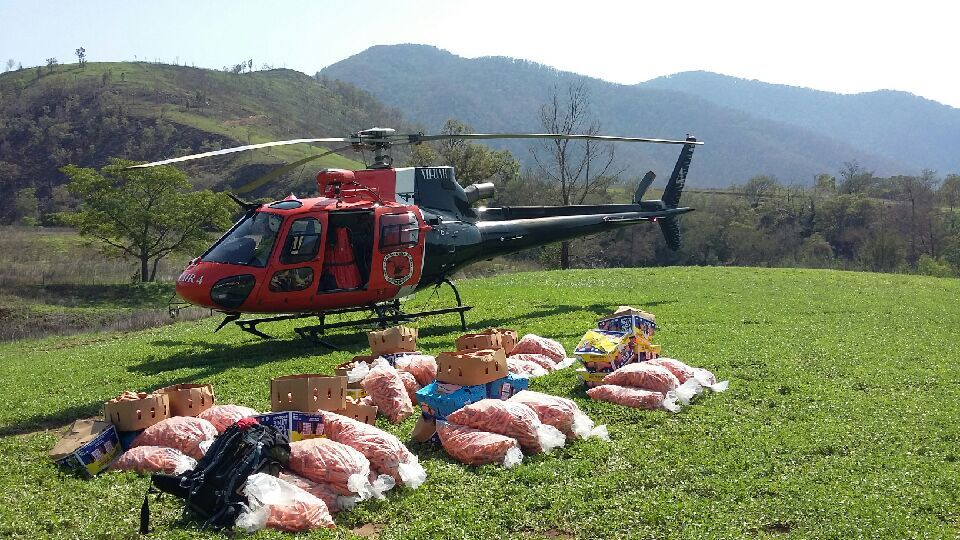
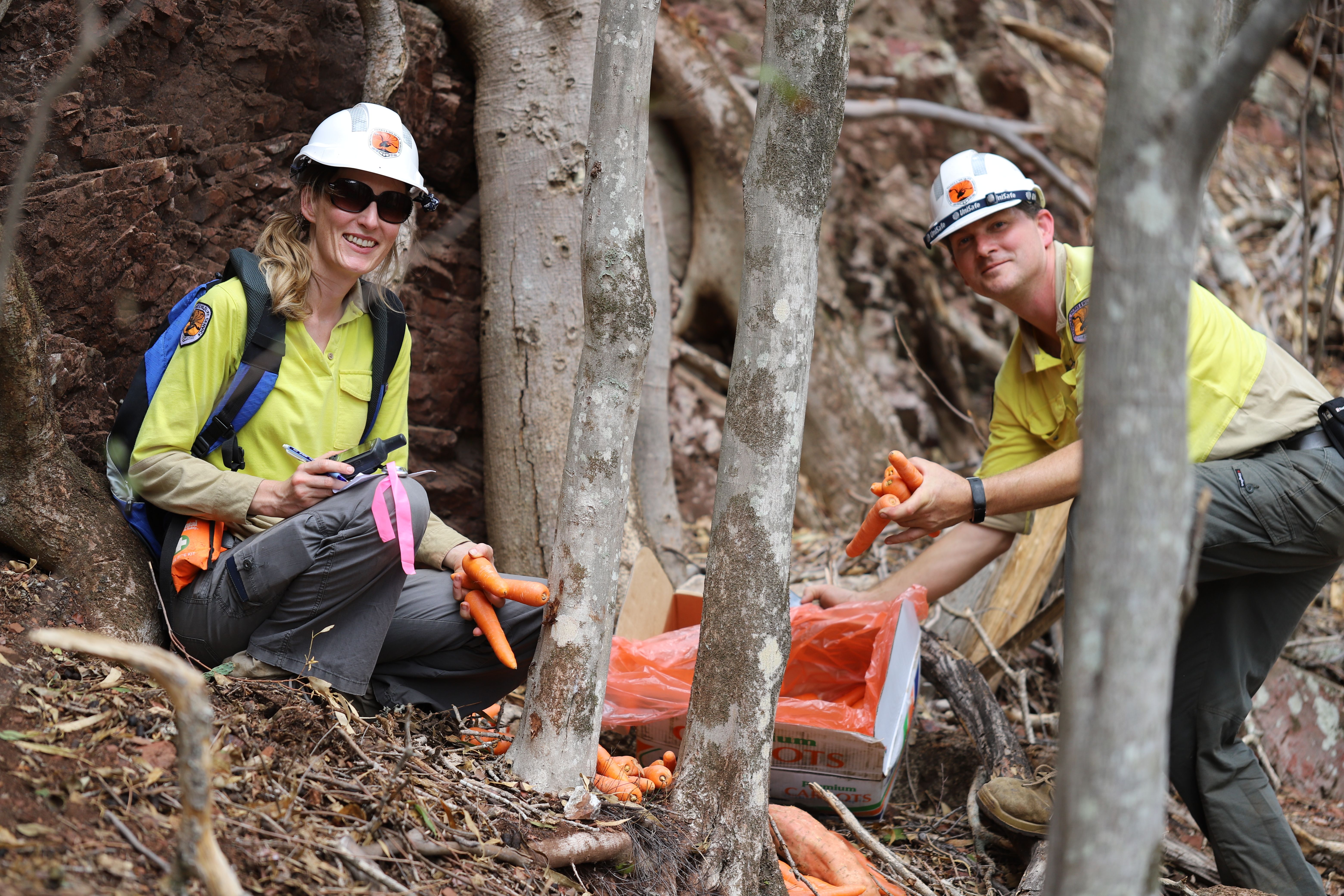
Field officers Katherine Howard and Judd Stinson- photo Credit J Stinson
J%20Stinson.jpeg?timestamp=1581530131876)
Second food drop - photo (c)J Stinson.
Stocky Galaxias Rescued From Fire Affected Creek
February 7, 2020
Experts from the National Parks and Wildlife Service (NPWS) and University of Canberra have stepped in to save the extremely rare Stocky galaxias, a tiny fish only found in Kosciuszko National Park.
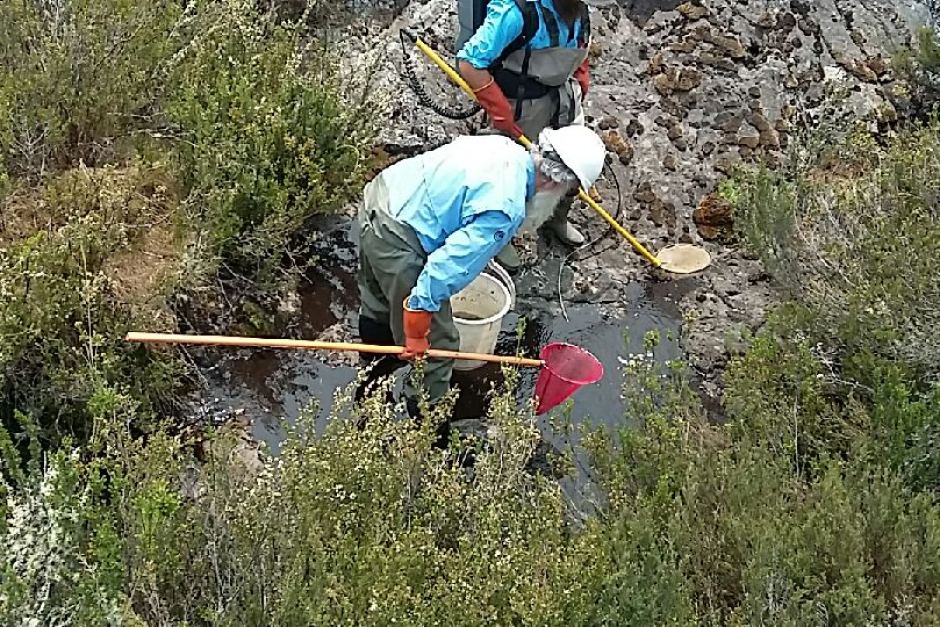
Stocky galaxias (Galaxias tantangara) being rescued from Tantangara Creek. Photo: DPIE
NPWS Southern Ranges Director, Mick Pettitt, said NPWS firefighters escorted researchers to the short section of Tantangara Creek as fires approached to catch and save up to 140 of the fish to ensure a captive insurance population.
“University of Canberra researchers were concerned that ash from the fires would contaminate the creek and endanger the fish, which live in cold, clear and fast flowing water, often covered in snow during winter,” he said.
“The rescued Stocky Galaxias which are a critically endangered species, will be kept at the university, providing a unique opportunity to learn more about the reclusive fish.
“They are about as long as an adult’s index finger and only weigh about 13 grams, but are an important part of Australia’s unique Alpine environment.”
Mr Pettitt said very little is known about the Stocky Galaxias, which appears to have a home range of just 100 metres. It’s named for its distinctly stocky body which is mostly dark olive-brown with dark spots and a lighter cream colour underneath.
There are also risks to the fish from erosion and disturbance by hooved animals of the bed and banks of the creek, suspending fine sediment into the water which smothers the Stocky Galaxias eggs, washes the fish’s eggs off rocks where they are usually protected. Loss of overhanging vegetation on the creek banks also reduces the number of insects the fish can feed on.”
Fencing of the small catchment is planned to occur in 2020 once the threat of fires are diminished and crews are able to move in safely.
This one small creek is a tributary of the Upper Murrumbidgee River and the fish has survived above a waterfall upstream of the Tantangara Reservoir.
The Stocky Galaxias are protected by a waterfall which creates a natural barrier that stops Trout moving into this section of the creek, which are a predator of the Stocky Galaxias.
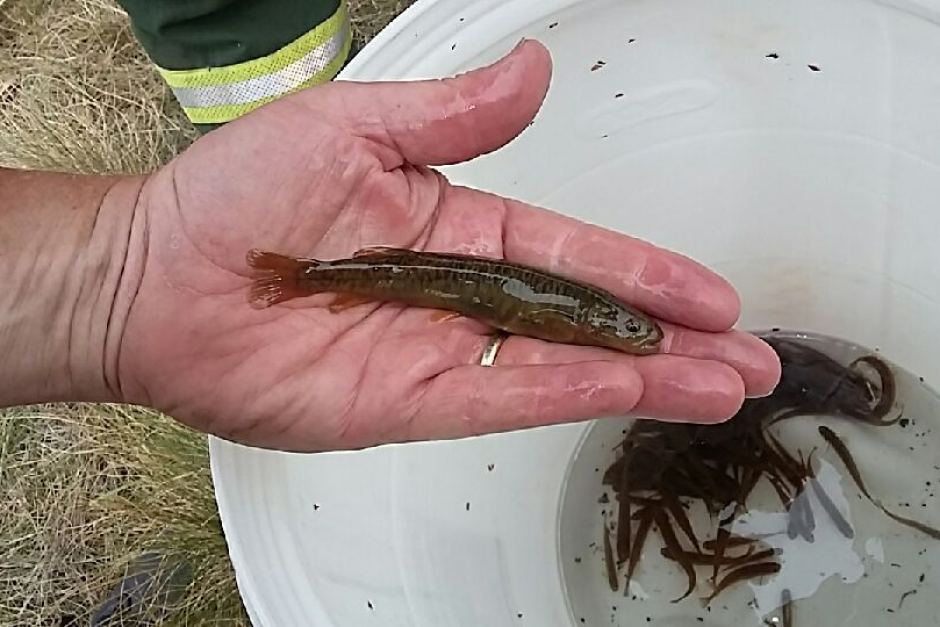
The stocky galaxia grows to the length of an adult's index finger and weighs about 13 grams. Photo: DPIE
Action To Improve Water Quality In The Richmond
February 7, 2020
Innovative new approaches to improving water quality issues in the Richmond River are being piloted as part of the NSW Government’s Marine Estate Management Strategy.
NSW DPI Program Leader Coastal Systems Marcus Riches said the river estuary has experienced poor water quality and fish deaths in the past, and current weather conditions are once again increasing this risk with heavy rainfall predicted in the region.
“Poor water quality can have significant impacts on industry, communities, the economy and our natural resources, particularly when large scale fish deaths occur, like those in the Richmond River in 2001 and 2008,” Mr Riches said.
“More than $45 million will be invested in the Marine Estate Management Strategy 2018-2028 (MEMS) to address these issues, with over 70 per cent of funds dedicated to improving water quality across the coast, including runoff from acid sulphate soils and agricultural drainage works on our coastal floodplains in the Richmond.
“In the Richmond, over $3.4 million has been invested in the past 18 months to support water quality improvements under the strategy, with this catchment chosen as a key pilot area for new evidence-based approaches to addressing water quality.
“This is a multi-faceted, long-term approach to deliver on-ground works, and better planning and coordinated management across industry, government and community with a focus on estuarine health and reducing the severity of poor water quality events.”
Part of this funding has been provided to the North Coast Local Land Services and in 18 months they have delivered:
- 18km of riparian vegetation protection and enhancement activities (fencing, weeding, planting);
- 600m of bank erosion protection and a further 900m is underway at Emigrant Creek sub-catchment; and,
- 9 upgraded road crossings and the sealing of 4.1 km of gravel roads to reduce sediment input into the Richmond estuary.
Mr Riches said more works are planned this year.
“NSW DPI is working with blueberry, greenhouse vegetable and macadamia industries on improving water and nutrient management to reduce off-site water quality and habitat impacts to waterways,” he said.
“$150,000 has been provided to assist Rous Council with coastal floodplain studies to improve water quality outcomes and infrastructure management at the Keith Hall drainage system.
“Development of estuary-wide foreshore structures, riverbank protection and marine vegetation management strategies will improve the coordinated management of coastal habitats, ensure sustainable development and identify where protection and rehabilitation efforts are needed.
“The Coastal Drainage Management project will help improve the management of floodplain drainage infrastructure and restoration of coastal floodplain wetlands, to enhance natural water retention and flows, and address poor water quality from acid sulfate soils and low dissolved oxygen conditions.”
Mr Riches said all management options are currently on the table, including existing government rules and processes and non-statutory options, such as farm, drainage or floodgate management plans and on-ground works.
“These projects are unprecedented in NSW, in both their geographic scale and the complexity of issues they are addressing,” he said.
“Already we’re seeing significant progress being made that will lead to sustainable outcomes and an improvement in water quality and productivity in the long-term.
“These projects are being undertaken in collaboration with key stakeholders including local government, industry, Aboriginal leaders and local landholders – all providing unique insights and local knowledge crucial for identifying solutions.
“While we can’t stop fish kills occurring in certain conditions, we want to ensure their extent and severity are reduced both now and in the future.”
Detection Dogs Track Down Rare Orchid
February 11, 2020
Two English Springer Spaniels are helping find a very rare underground orchid called Rhizanthella, first discovered in 2016 in Barrington Tops National Park.
Detection dogs Missy and Taz of OWAD Environment were brought in by NSW Government’s Saving our Species (SoS) program and the National Parks and Wildlife Service (NPWS) after staff spent fruitless days searching for new orchid populations.
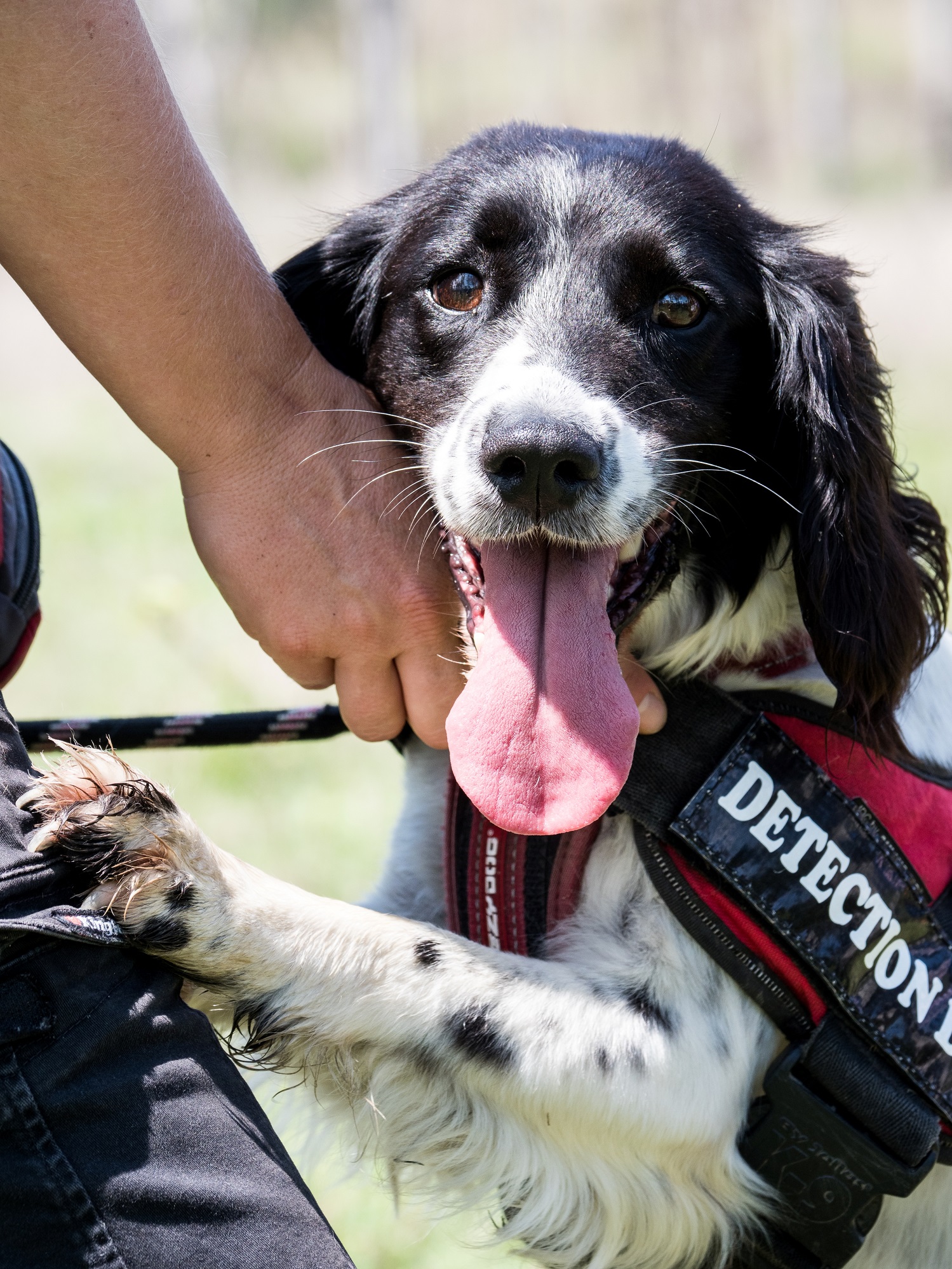
Missy the orchid sniffing detection dog Photo: DPIE
Discovered by a member of the public, the orchid is being investigated as a potential new species – and like other underground orchids, it’s difficult to track down.
Most of the plant grows underground, and only the flower is visible above ground – but even this is nearly always covered by leaf litter.
The clever canines – who usually search for koalas and quolls – were given just four flowers to learn to identify the scent during training.
Although Barrington Tops National Park was recently impacted by bushfires, the area with the Rhizanthella was unaffected. Field trials took place in early January, when Missy and Taz found remnants of the season’s last flowers hidden under leaf litter.
“This is the first time detection dogs have been used to find underground orchids, and it was a resounding success,” said Paul Hillier, Senior Project Officer, SoS.
“On top of both dogs locating the orchids in the known location, Missy may have also found the orchids growing in a new location.”
However, no flowers were seen at the new site, as the plant had finished flowering for the year.
The dynamic duo will return in winter when Rhizanthella flowers start emerging again, and search across more locations. The exercise is laying groundwork for finding other elusive species such as the threatened eastern underground orchid.
“This work opens up a doorway for us to come out and find other species that are also proving a challenge to work with and conserve.”
The SoS program is the NSW Government’s commitment to secure the future of NSW threatened plants and animals, with $100 million being invested in it over five years (2016 – 2021).
Eastern Australian underground orchid (Rhizanthella slateria) in bloom Photo: Luke Foster
Missy is a professional field detection dog. She usually searches for koalas, quolls and an introduced plant, the hawkweed. Saving our Species and the National Parks and Wildlife Service engaged trainers OWAD Environment to add a new target scent for her, the underground orchid, Rhizanthella sp.
Training involved working over a number of 1000 square metre plots, timing how long it would take Missy to find a sample, or deciding when to call off a search if there was no sample in a plot.
Dogs like Missy can detect half a teaspoon of sugar in an Olympic sized pool but the training makes sure she can distinguish between what humans are interested in and what she can smell underneath the ground. The dogs are trained to apply a specific search pattern to confirm the target location.
Training is all about positive reinforcement. The detection dogs love their job, considering it all fun and games.
Illegal Behaviour Hampers Fire Recovery Efforts
February 10, 2020
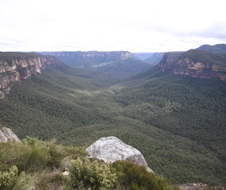 Illegal 4WD access in the Blue Mountains National Park is jeopardising both recovery efforts and safety, says National Parks and Wildlife Service (NPWS).
Illegal 4WD access in the Blue Mountains National Park is jeopardising both recovery efforts and safety, says National Parks and Wildlife Service (NPWS).
Blue Mountains Park Operation Manager Glenn Meade, said staff were disappointed to see several metal gates had been cut and 4WD access had increased despite the area remaining closed to vehicles.
"It's concerning to see illegal activity at the Waterboard Fire Trail in the Vale of Avoca precinct when our staff are working so hard to protect impacted species here and make this area safe," he said.
"While the majority of visitors do the right thing, some people have not only accessed areas which are strictly off limits at the current time but have gone so far as to destroy property to get through in their cars.
"What these people need to know is that they are jeopardising recovery efforts, putting themselves at risk and increasing the amount of time and funds needed to restore this area and its fire trails.
"NPWS is working with NSW Police and RFS to manage illegal activities; if you are doing the wrong thing, we will catch you and you will receive a substantial fine."
Recreational visitor access to the Grose River via the Waterboard Trail is currently restricted to walking only in the wake of Gospers Mountain Fire.
NPWS will continue undertaking works to restore affected fire trails, protect water quality, and minimise further impacts to flora and fauna while the area rehabilitates from the fire.
If you have information regarding illegal 4WD access in the area, please call 4787 8877.
Photo: View from Mount Hay walking track, Blue Mountains National Park Photo: Elinor Sheargold/OEH
NSW Government Opens The Floodgates For Irrigators To Profit From The Barwon-Darling River System
February 12, 2020
Conservation groups are outraged at the NSW Government’s decision to allow big irrigators to take millions of litres of flood water from the Barwon-Darling river system. The government on Monday (February 10) temporarily overturned a restriction it placed on the capture of floodwaters just three days before on Friday (February 7).
The move could divert millions of litres of water from towns and the environment into the storages of large irrigators in the north of the basin.
“After such a prolonged drought, the priority for these vital first flows through the Barwon-Darling system must be to replenish town water supplies and revive fish stock and river ecosystems,” Nature Conservation Council CEO Chris Gambian said.
“Over-extraction by big irrigators, aided and abetted by the NSW Government, has made the impact of this drought much worse than it should have been. The drought is not yet over, and the government is at it again.
“The NSW Government’s management of the recent flows has been chaotic and poorly communicated, with three contradictory directions issued over the past week.
“On Friday, it simultaneously imposed a restriction on floodplain harvesting in the northern basin while also authorising landholders use of illegal levies and dams to capture and store overland flows. Then on Monday it announced a three-day free-for-all allowing irrigators to take as much water from the floodplain as they can pump.
“Once again the government appears to be pandering to the interests of big irrigators ahead of communities and the environment.”
Inland Rivers Network spokesperson Bev Smiles said: “These flows are the first ray of hope for the Darling River for years and should be allowed to flow through the system to Menindee Lakes and the Lower Darling.
“They are an important opportunity to reverse the extreme stress suffered by the Darling River and its dependent communities and wildlife.
“Now the government has authorised irrigators to harvest the best part of the flows in Namoi, Gwydir and Barwon rivers. The ad hoc approach to water management in western NSW has caused significant trauma to people, native fish and the riverine environment along the Darling River.
“This opportunity to revive the river system has been squandered at the behest of the powerful upstream irrigation lobby.”
Leaked Report Should Be The Nail In The Coffin For Liddell Power Station
February 11, 2020
"The Federal Government must rule out spending $300 million on extending the life of Liddell power station for just three years", states the Nature Conservation Council
The station is due to close in 2023 but Federal Energy Minister Angus Taylor is pushing to keep the station open until 2026.
Sky News revealed today that a draft report by federal and state bureaucrats found extending the life of half of the plant by three years would cost $300 million and that AGL did not want to pay.
“Liddell is a dud and should shut by its use-by date in 2023, or even sooner,” Nature Conservation Council Campaigns Director Brad Smith said.
“If the government is going to spend $300 million on energy, it should invest in pumped hydro and batteries, not extending the life of dirty old clunker like Liddell.
“Keeping the station open would not only be an obscene waste of taxpayers’ money.
“It would add more than 12 million tonnes of carbon pollution to the atmosphere and the draft report found it make the grid more unstable.
“There is no reason to spend millions polluting our climate when we have cleaner ways to power our state.
“Instead of obsessing about coal, there are 21 storage projects that are ready to roll in NSW that the Federal Government should expedite funding for.” [2]
References
Farmers Fear Whitehaven May Have Contaminated River System
February 9, 2020
Landholders living near Whitehaven’s Maules Creek coal mine have been alarmed to find what they say is evidence the company has contaminated the local river system.
Thousands of small white styrofoam balls, used in explosive blasts during mining, were found in the overflow of Back Creek following recent rain.
Back Creek is part of the Namoi River system, which itself eventually flows into the Murray Darling System.
Local landholder Ros Druce notified NSW’s Environmental Protection Agency following her discovery.
She said authorities must respond quickly, and penalise Whitehaven to the full extent of the law if it was found to be responsible.
“This styrofoam could have long lasting negative impacts on the local aquatic ecosystem,” she said.
“We also don’t know what else has been released into the river system.
“That’s why we’re urging an urgent investigation into whether Whitehaven has once again failed in its responsibilities to protect the community and environment that it operates in.
“This company is a repeat offender, and has no social licence left in this community.”
NT Offsets Scheme Set To Fail: Protect Country Alliance
February 12, 2020
Protect Country Alliance has slammed the Gunner Government’s draft NT Offsets Policy, labeling it a farce while MPs are actively promoting and pursuing a massive polluting fracking industry in the Territory.
According to the Alliance’s analysis, the offsets policy is vague, mixes biodiversity offsets with greenhouse gas offsets, and does not offer any assurance that damaging fracking projects won’t lead to serious pollution events.
“Fracking the Beetaloo Basin has the potential to unleash a carbon bomb equivalent to the commissioning of more than 50 coal fired power stations,” said Protect Country Alliance spokesperson Graeme Sawyer.
“It is doubtful that offsetting this is feasible for the nation, let alone the NT, given the scope of the emissions that would be produced from fracking the Beetaloo.
“The emissions produced cannot be offset by preserving a patch of bush here or there, as the Gunner Government would have the public believe.
“Offsets are a last resort in the process of managing impacts of resource projects and as such are not legitimately considered as an operational justification for a polluting process."
Mr Sawyer said once again, it appeared this policy was designed to appease the fracking companies rather than serve any sort of public benefit, and it was not in line with Pepper Inquiry recommendations.
“The Pepper Inquiry was explicit in ensuring fracking companies paid to offset the pollution they caused,” he said.
“But the lack of rigour and detail in the NT Government’s draft policy suggests the fracking companies will be jumping for joy if it is approved in its current form.
“It would mean fracking companies could weasel out of the accounting required as well as the upfront costs to offset the expected pollution associated with fracking the Beetaloo.”
Climate change expert and researcher at the Australian National University Professor Will Steffen said that there was a more fundamental reason the development could not go ahead under any circumstances.
“We simply cannot open up any new fossil fuel developments, including Beetaloo unconventional gas, and have any chance of meeting the Paris targets, irrespective of where the fuels are ultimately burnt and irrespective of any proposed ‘offsets’,” he said.
“That is, all proposed new fossil fuel developments must be rejected if the world has a hope of meeting its Paris Agreement targets."
Submissions on the draft offsets policy are due on Friday 14 February.
Gosford Economy Waste Group Fined $15,000 For Licence Breach
February 10, 2020
The NSW Environment Protection Authority has fined Economy Waste Group Pty Ltd of West Gosford $15,000 for potentially putting the community and environment at risk through alleged non-compliant stockpiling of waste.
EPA officers inspected the premises at Nells Road West Gosford in December last year and found waste stockpiles exceeding the four metre licence height limit. There were also no stockpile height markers in place, both alleged breaches of their Environment Protection Licence.
EPA Director Regulatory Operations Metro North Adam Gilligan said limits are placed on stockpile heights to reduce the likelihood of dust and litter being blown from the site. Stockpile height markers are an important tool to help manage stockpile heights.
“The company is required to adhere to the conditions of its Environment Protection Licence. Waste which is stockpiled at excessive levels has the potential to generate dust and affect air quality.
“The company has previously received Official Cautions for breaching environment legislation,” Mr Gilligan said.
In 2017 they were cautioned for storing waste outside their licensed area and poor management of stormwater.
Penalty notices are one of a number of tools the EPA can use to achieve environmental compliance including formal warnings, official cautions, licence conditions, notices and directions and prosecutions. In this instance the EPA issued a penalty notice. The notice recipient may pay the penalty notice, seek a review, or elect to have the matter determined by a court.
For more information about the EPA’s regulatory tools, see the EPA Compliance Policy at www.epa.nsw.gov.au/legislation/prosguid.htm
Central Coast Waste Facility Fined $15,000 For Over-Height Stockpiles
February 7, 2020
The NSW Environment Protection Authority (EPA) has fined EBH Environmental Services Pty Ltd $15,000 for allegedly stockpiling waste to nearly twice the allowed 3 metre height.
An EPA inspection of EBH’s Berkeley Vale facility on 6 September 2019 found a 5.63m high stockpile of soil and unprocessed concrete batch waste on the site’s western boundary.
A second waste stockpile on the northern boundary was found to be 3.55m high.
Neighbours had previously complained about dust from the waste facility.
EPA Director Regulatory Operations Metro North Adam Gilligan said excessive waste stockpiles had the potential to generate dust and impact on air quality.
It is a condition of EBH’s Environment Protection Licence that waste stockpiles must not exceed 3 metres in height.
“The EPA enforces Environment Protection Licence conditions to make sure neighbouring homes and businesses are not adversely impacted,’’ Mr Gilligan said.
“Environment Protection Licences are in place to protect the environment and licence holders must comply with all conditions.
“This fine is a reminder of the importance of abiding by licence conditions to prevent any potential environmental impacts.’’
In addition to the over-height stockpiles, EBH is also alleged to have breached its licence conditions by failing to have stockpile height markers in place.
Fines are just one of the ways the EPA can enforce compliance. The EPA can also use formal warnings, official cautions, licence conditions, notices and directions and prosecutions.
For more information about the EPA’s regulatory tools, see the EPA Compliance Policy at http://www.epa.nsw.gov.au/legislation/prosguid.htm.
The community can also play a vital role in helping the EPA to monitor compliance by reporting environmental incidents to the EPA’s 24-hour Environment Line on 131 555.
EPA Action Over Central Coast Council Sewage Leak
February 6, 2020
Central Coast Council has entered into an Enforceable Undertaking with the NSW Environment Protection Authority (EPA) to spend almost half a million dollars on upgrades following a sewage leak in January 2019.
A corroded sewer main near the Entrance Road in Wamberal broke, sending about 2.2 million litres of untreated sewage into Forresters Creek and Wamberal Lagoon, a protected coastal wetland nature reserve which is home to several native plant and animal species.
EPA Director Regulatory Operations Metro North Adam Gilligan said residents reported strong rotten egg smells.
“The EPA investigated the incident and found that Council’s sewage electronic surveillance systems were not able to detect the discharge.
“Council has agreed to spend about $250,000 to replace the failed sewer main and has agreed to upgrade its electronic monitoring systems.
“It has also undertaken to carry out a risk assessment of all pressurised sewer pipes by the end of this year, to help prioritise an inspection program to prevent a repeat incident,” Mr Gilligan said.
Council estimates this risk assessment will cost it more than $140,000.
The Enforceable Undertaking also requires Council to spend $100,000 to significantly upgrade a pollution control trap near Wamberal Lagoon by June 2021, to pay the EPA’s investigation and legal costs of $16,425 and to report on progress of the upgrades every three months.
Council spent more than $290,000 responding to the spill, including clean-up and remediation costs.
Enforceable Undertakings are one of a number of tools the EPA can use to achieve environmental compliance. Through an Enforceable Undertaking, the EPA may secure outcomes such as environmental restoration measures or contributions to environmental projects. The undertaking is enforceable by the Land and Environment Court.
For more information about the EPA’s regulatory tools, see the EPA Compliance Policy at www.epa.nsw.gov.au/legislation/prosguid.htm
Aussie Bread Tags Collection Points

Productivity Commission Report Exposes Falling Government Support For GPs And Their Patients: AMA
Feel Like You’re A Mozzie Magnet? It’s True – Mosquitoes Prefer To Bite Some People Over Others
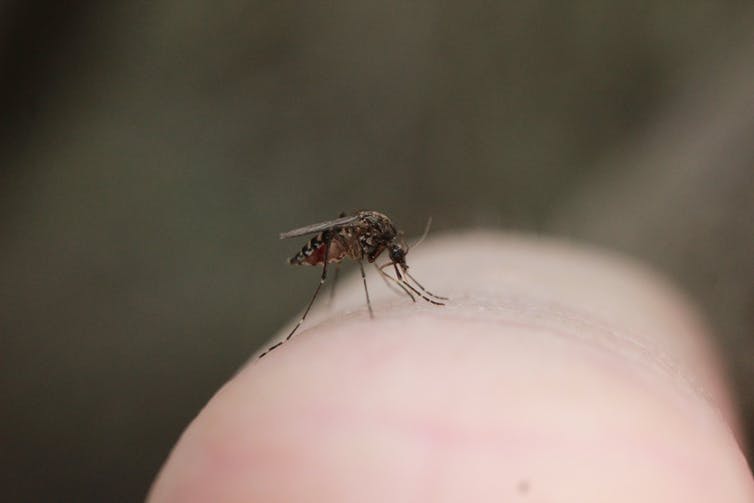
Australia To Host World Leaders At Innovation Summit
'Women My Age Tend To Drink -- It's Normal'
- Women place more importance on appearing to be in control, behaving respectably, social pleasure and feeling liberated than the quantity of alcohol consumed or potential health risks.
- While some women reported reducing their drinking due to health concerns, others suggested that positive health behaviours such as exercise served to 'neutralise' alcohol-related health risks.
- Health advice and interventions relating to middle-aged and young-old women's drinking practices need to acknowledge that women may socially construct their drinking practices to prioritise matters other than biomedical impacts of alcohol.
1 In 15 Hospitalisations Could Be Prevented Through Early Health Interventions
Don’t ‘Just Google It’: 3 Ways Students Can Get The Most From Searching Online
February 12, 2020
by Renee Morrison
Lecturer in Curriculum Studies, University of Tasmania
Searching online has many educational benefits. For instance, one study found students who used advanced online search strategies also had higher grades at university.
But spending more time online does not guarantee better online skills. Instead, a student’s ability to successfully search online increases with guidance and explicit instruction.
Young people tend to assume they are already competent searchers. Their teachers and parents often assume this too. This assumption, and the misguided belief that searching always results in learning, means much classroom practice focuses on searching to learn, rarely on learning to search.
Many teachers don’t explicitly teach students how to search online. Instead, students often teach themselves and are reluctant to ask for assistance. This does not result in students obtaining the skills they need.
For six years, I studied how young Australians use search engines. Both school students and home-schoolers (the nation’s fastest growing educational cohort showed some traits of online searching that aren’t beneficial. For instance, both groups spent greater time on irrelevant websites than relevant ones and regularly quit searches before finding their desired information.
Here are three things young people should keep in mind to get the full benefits of searching online.
1. Search for more than just isolated facts
Young people should explore, synthesise and question information on the internet, rather than just locating one thing and moving on.
Search engines offer endless educational opportunities but many students typically only search for isolated facts. This means they are no better off than they were 40 years ago with a print encyclopedia.
It’s important for searchers to use different keywords and queries, multiple sites and search tabs (such as news and images).
Part of my (as yet unpublished) PhD research involved observing young people and their parents using a search engine for 20 minutes. In one (typical) observation, a home-school family type “How many endangered Sumatran Tigers are there” into Google. They enter a single website where they read a single sentence.
The parent writes this “answer” down and they begin the next (unrelated) topic – growing seeds.
The student could have learnt much more had they also searched for
- where Sumatra is
- why the tigers are endangered
- how people can help them.
I searched Google using the key words “Sumatran tigers” in quotation marks instead. The returned results offered me the ability to view National Geographic footage of the tigers and to chat live with an expert from the World Wide Fund for Nature (WWF) about them.
Clicking the “news” tab with this same query provided current media stories, including on two tigers coming to an Australian wildlife park and on the effect of palm oil on the species. Small changes to search techniques can make a big difference to the educational benefits made available online.
2. Slow down
All too often we presume search can be a fast process. The home-school families in my study spent 90 seconds or less, on average, viewing each website and searched a new topic every four minutes.
Searching so quickly can mean students don’t write effective search queries or get the information they need. They may also not have enough time to consider search results and evaluate websites for accuracy and relevance.
My research confirmed young searchers frequently click on only the most prominent links and first websites returned, possibly trying to save time. This is problematic given the commercial environment where such positions can be bought and given children tend to take the accuracy of everything online for granted.
Fast search is not always problematic. Quickly locating facts means students can spend time on more challenging educational follow-up tasks – like analysing or categorising the facts. But this is only true if they first persist until they find the right information.
3. You’re in charge of the search, not Google
Young searchers frequently rely on search tools like Google’s “Did you mean” function.
While students feel confident as searchers, my PhD research found they were more confident in Google itself. One year eight student explained: “I’m used to Google making the changes to look for me”.
Such attitudes can mean students dismiss relevant keywords by automatically agreeing with the (sometimes incorrect) auto-correct or going on irrelevant tangents unknowingly.
Teaching students to choose websites based on domain name extensions can also help ensure they are in charge, not the search engine. The easily purchasable “.com”, for example, denotes a commercial site while information on websites with a “.gov”(government) or “.edu” (education) domain name extension better assure quality information.
Search engines have great potential to provide new educational benefits, but we should be cautious of presuming this potential is actually a guarantee.
The above article was published first in The Conversation, click here to read the original report. Republished under a creative commons licence.
Google Scholar
The above reminds a Pittwater Online staffer to remind you about the existence of Google Scholar - a great online tool for those engaged in university studies to find previously published studies, many of which are uploaded in full in PDF for you to explore/cite.
Simply put 'Google Scholar'into the search box and that will bring up the hyperlink for you to switch over and commence adding in your subject you wish to research. As always, the answer is in the question and the better the question, the more likely you are to return a succinct answer.
Give it a go - proved invaluable during study times and since!
Visit: scholar.google.com
Remember TROVE
When you want to do some research and add in instances of past reports, which will include 'how we spoke and thought', adding further context, explore old newspapers and articles and journals via TROVE - the National Library of Australia's Online resource of Books, images, historic newspapers, maps, Government Gazettes, archives and more. It's where Pittwater Online's history researcher has found many insights into our area, and around it, that had been forgotten or not known by professional historians and has benefited all as a result - and will add bonafide insights into your own subject matter and/or essays/studies.
It's worth remembering when utilising this resource that the NLA is continuing to digitise all the materials available so even of you think you have found all on a subject/focus point, it's worth checking again in case something new you haven't seen has been added in. Researchers used to travel for hours to libraries and go through thousands of items (photos and newspapers) and still not find what putting the right words into the search box now makes available - well worth an explore too.
Visit: trove.nla.gov.au
State Libraries & Museums Are Great: Digitised Accessible Materials
All our state libraries are also digitising their materials and making these available online. Wonderful old photos, journals and even online exhibitions are made available to you to provide those 'aha' moments where confirmation is found of a certain person actually being in a certain place at a certain time, for example, through finding a letter or poem of theirs, digitised, online. Obviously the brilliant State Library of New South Wales digitisation program may have more material related to our state, but if someone was born in South Australia, travelled to Western Australia, or married someone in Victoria, or gave family materials such as old photos and letters to the Museum of Victoria, for example, you will find materials related to Pittwater, or whatever search you're doing, far from home.
One point to note here is you can also find items related to here far from here - once again history research has turned photos, letters, diaries and journals in digital libraries in France and the Library of Congress maintained by the USA (Washington). If you are looking for images, specifically, click on the 'pictures' function and type in a few words such as 'Pittwater' and 'plane' and add a date '1910' for instance - and be surprised at what turns up - keep changing the date going forward to bring up more.
Those who visit the 'Old Books' page here, where old books are embedded, will be aware of the Internet archive called the 'Wayback Machine' where you may find old books, old studies, images - tons of more stuff - and a lot of Australian items too.
All these organisations have an online presence to help spread and engage others in knowledge sharing - that's why the World Wide Web was shared, for free, by its inventors for: to make knowledge and the community of sharing this available to all.
Tim Berners-Lee, a British scientist, invented the World Wide Web (WWW) in 1989, while working at CERN. The web was originally conceived and developed to meet the demand for automated information-sharing between scientists in universities and institutes around the world.
The first website at CERN – and in the world – was dedicated to the World Wide Web project itself and was hosted on Berners-Lee's NeXT computer. On 30 April 1993, CERN put the World Wide Web software in the public domain. Later, CERN made a release available with an open licence, a more sure way to maximise its dissemination. These actions allowed the web to flourish.
The Internet is a global network of networks while the Web, also referred formally as World Wide Web (www) is collection of information which is accessed via the Internet. Another way to look at this difference is; the Internet is infrastructure while the Web is service on top of that infrastructure. - Geeks for Geeks
UNSW Sydney Students To Represent Australia At $7m Robotics Comp
February 11, 2020
by Louise Templeton, UNSW
Students will compete against the world's brightest minds in robotics.

Dylan Sanusi-Goh (second from left) and Dr Mark Whitty (third from left) with the UNSW Engineering Competitive Robotics team
UNSW Engineering students will leave Sydney this weekend to compete for a share in over $7 million in sponsorship and prize money, at the Mohamed Bin Zayed International Robotics Competition (MBZIRC). MBZIRC is the world’s richest robotics competition and will take place in Abu Dhabi 23-26 February.
MBZIRC aims to attract the world’s brightest minds in intelligent robotics and push technological boundaries and applications in this field. The event will focus on the role of robotics and artificial intelligence in “smart city” solutions, and include construction and fire-fighting challenges.
Dylan Sanusi-Goh is a third-year mechatronics engineering student and operations manager for the UNSW Competitive Robotics team attending MBZIRC. He says the greatest challenge in preparing for the competition is managing the sheer complexity of tasks involved to get multiple autonomous vehicles to interact to achieve a goal.
The challenge
“We have to program our vehicles to see their environment, understand it and take actions as a result - with no human intervention,” Mr Sanusi-Goh says.
The students are taking three unmanned aerial vehicles (UAVs, aka drones) and one unmanned ground vehicle (UGV) to compete in two of the competition’s four challenges. They must code the robots to interpret colour, patterns and variable temperatures, then act accordingly.
The first challenge will require the UAVs and UGVs to locate, select, transport and assemble different types of bricks to build predefined structures in an outdoor environment, to simulate autonomous building construction. The second requires the robots to work together to autonomously assess and extinguish a series of simulated fires in an urban high-rise firefighting scenario.
Unmatched educational experience
Senior lecturer in mechatronics Dr Mark Whitty says the competition provides tremendous exposure to the latest robotics research for UNSW students.
“To compete at MBZIRC, students have to produce highly sophisticated software programming,” Dr Whitty says.
“The competition will focus on multiple air and ground vehicles programmed to work together in given scenarios. Participation in the event gives the students excellent hands-on, practical experience in a highly competitive environment.”
Dr Whitty says the scope of challenges in the 2020 competition has dramatically increased since MBZIRC was first held in 2017.
“The tasks back then involved straightforward technical manoeuvres, like picking up objects and placing them in another spot. This year, the exercises are more focused on real-world applications and the requirement for collaborative operations between multiple air and ground vehicles,” he says.
“Dealing with real flames in a multi-storey building is hard enough for human firefighters, let alone autonomous robots. However, computing and sensing technology advancements, along with the availability of cost-effective, off-the-shelf drones, have simplified the hardware we use, so the teams can focus on creating the best software."
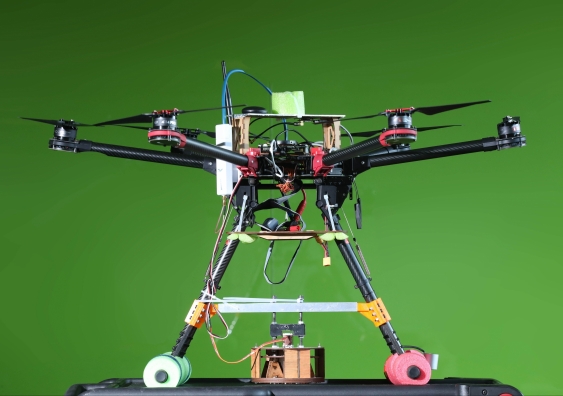
An example of a drone the UNSW team will take to Abu Dhabi
Practical insights into an engineering career
Mr Sanusi-Goh says the practical experience he has gained from his involvement with the competitive robotics group at UNSW Engineering has given him fantastic insights into what a robotics career might involve.
“A lot of students go through the coursework, not knowing what kind of jobs they can do once they’re through university. But hearing about these competitions, and students solving these challenges, provides really good awareness about the types of jobs that can transpire from an engineering degree.”
The UNSW team was the only all-Australian team to qualify for the competition, where 31 teams will compete from universities from 18 countries. In total, 68 teams tried out. The UNSW team is expected to be the only team made up of undergraduate students; most of their competitors will be PhD students and higher degree researchers.
Mr Sansui-Goh is not fazed by this.
“Our academic supervisors have been super-supportive, and we also have some former students acting as our industry mentors to help us prepare for Abu Dhabi,” he says.
“Getting this level of exposure and experience at an undergraduate level is phenomenal.”
The UNSW Competitive Robotics team members for MBZIRC 2020:
Lancelot Chen, 25, Mechatronics Engineering
Hideyoshi Cheong, 23, Electrical Engineering
Scott Fraser, 24, Mechatronics Engineering
James Horsley, 24, Mechanical Engineering
Sharif Issa, 27 , Mechanical Engineering
Mr Henry Phung, 22, Computer Science and Mechatronics Engineering
Mr Benjamin Rigby, 22, Computer Science Engineering
Mr Dylan Sanusi-Goh, 19, Computer Science and Mechatronics Engineering
Mr Michael Xu, 24, Aerospace and Materials Science Engineering
New Website Reveals History Of Australia's Most Significant Road
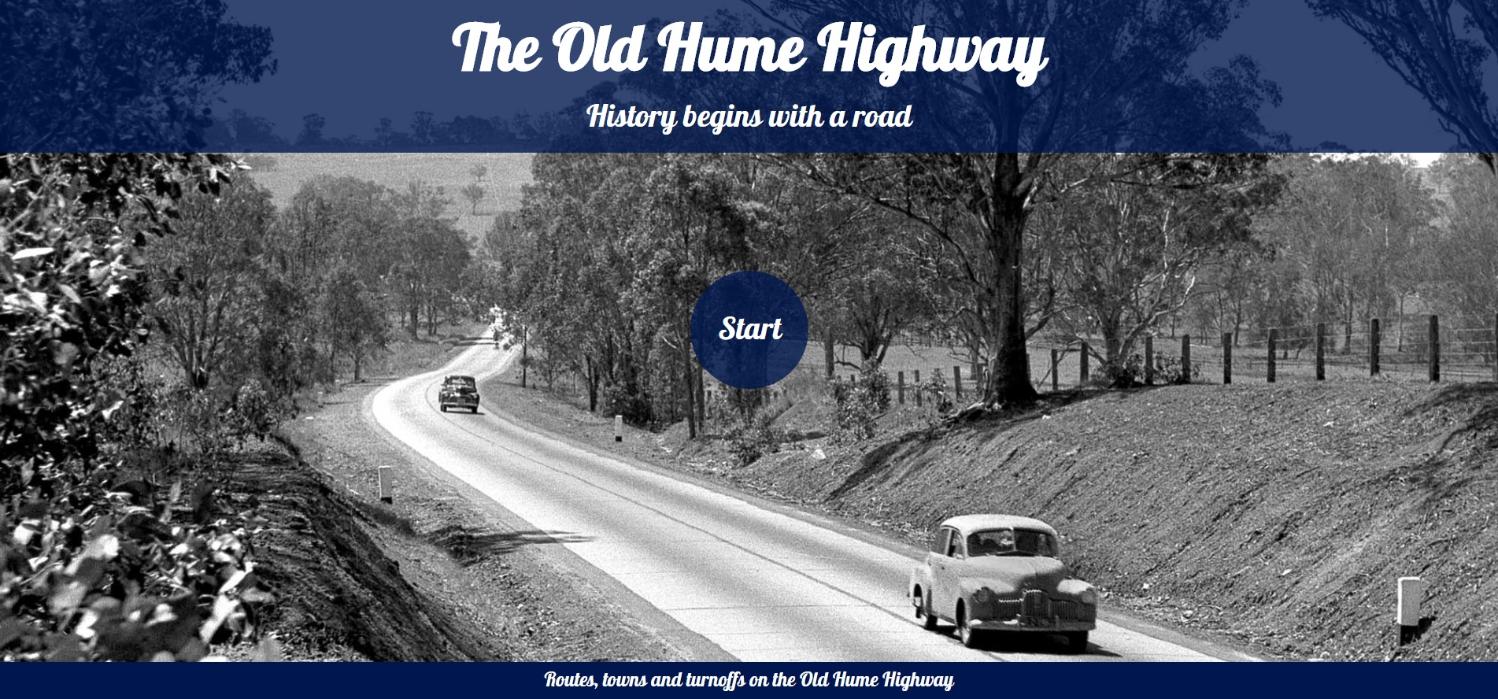
Getting Personal With The Penguins
February 2nd, 2020: Australian Antarctic Division
A summer of seabird research on a remote island off the coast of Antarctica is coming to a close for another year.
Two Australian Antarctic Division field biologists, Kim Kliska and Marcus Salton, have been living on Béchervaise Island for the past three months, continuing a long-term monitoring program, spanning three decades.
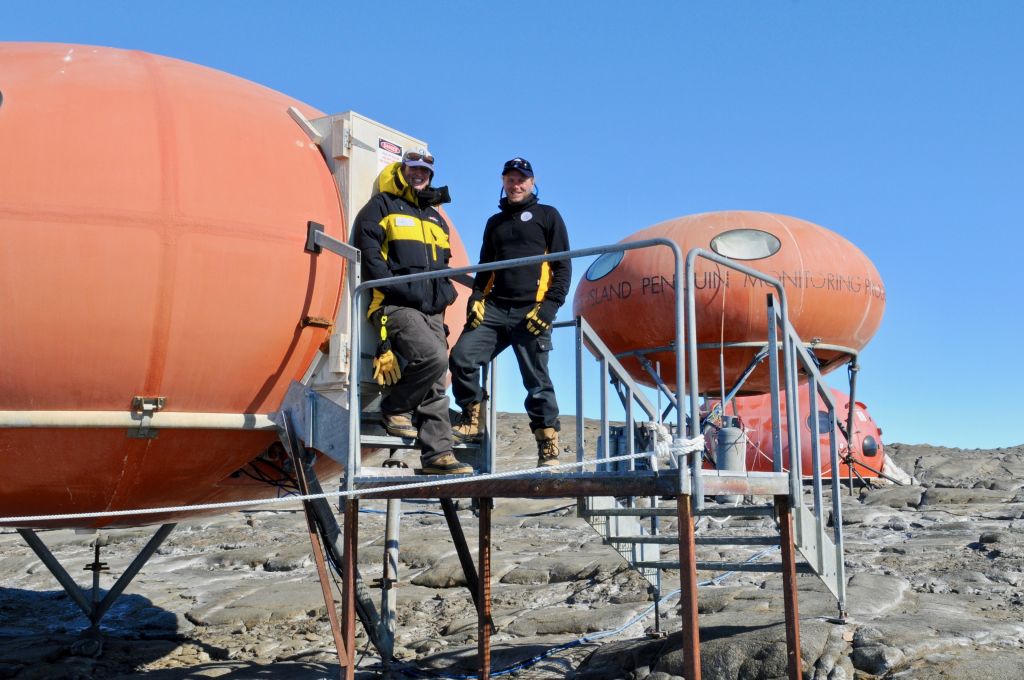
Field biologists Kim Kliska and Marcus Salton live in these field huts on Béchervaise Island while studying the Adélie penguin colony there (Photo: Mark Horstman)
Kim Kliska said Béchervaise Island is a hub for seabird life in East Antarctica.
“It’s a fairly flat, open island, with quite a few sub-colonies of Adélie penguins. We also have skuas, snow petrels and Wilson’s storm petrels breeding here as well,” she said.
“For all the seabirds we’re trying to understand how many are breeding for each species, and what their breeding success is.”
“We want to know how many eggs they lay, how many chicks hatch and how many then fledge at the end of the season, giving us a really good indication of the population numbers.”
Marcus Salton said the long-term monitoring program on Béchervaise Island is “unusual and unique” because it spans three decades.
“Thirty years is about the life span of a penguin, so we can start to look at things happening throughout that time, such as changes in breeding success and how that’s linked to changes in their environment,” he said.
Two specially-designed weighbridges at Béchervaise Island automatically weigh and identify penguins, recording data on foraging trip durations, time spent in the colony, and mass changes before and after feeding trips.
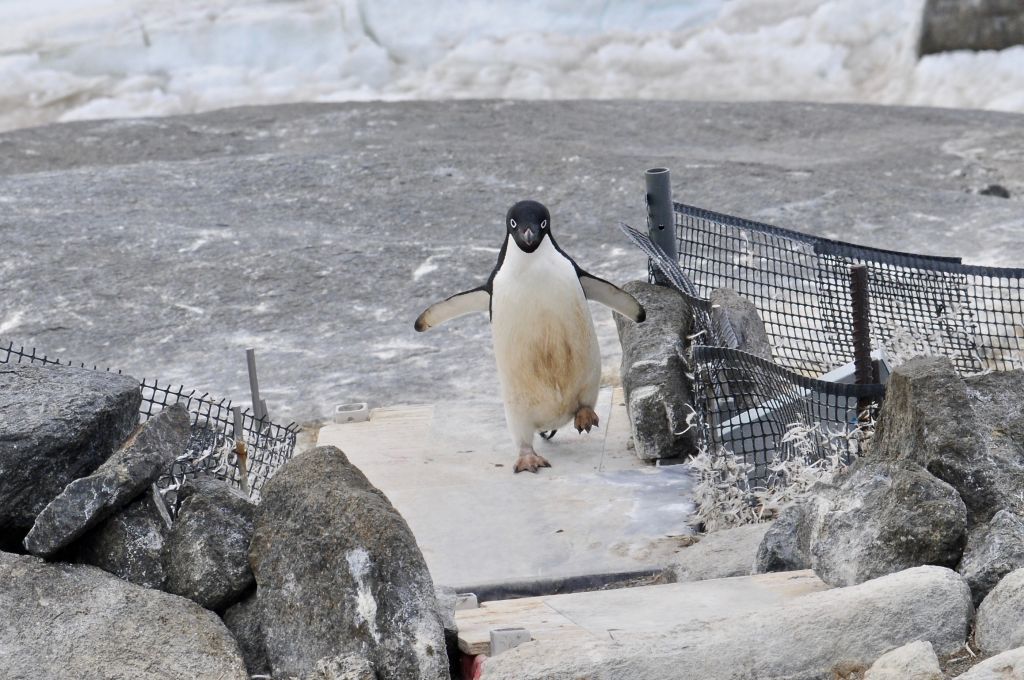
An Adélie penguin crosses the weighbridge (Photo: Mark Horstman)
“Even when we’re not here we get a lot of information about individuals and over time we can look at how that’s changing in relation to breeding success,” Mr Salton said.
Penguins are an indicator species and this research on Adélie penguins is helping inform management of any krill fishing in the region.
“We can look at how much krill they’re actually feeding their chicks. From that we can get an estimate on how much they’re consuming, to ensure any krill fishing in the area leaves enough food for penguins too,” said Ms Kliska.
The biologists also maintain automatic monitoring cameras that take daily photos of the penguin colonies.
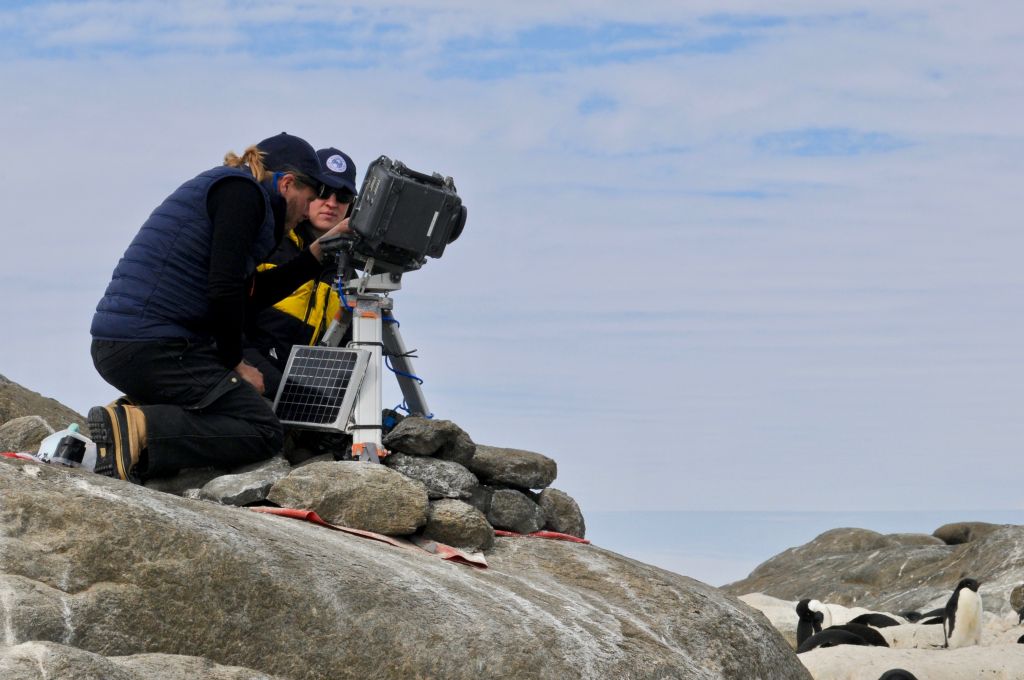
Field biologists Marcus and Kim at a remote monitoring camera (Photo: Mark Horstman)
But nothing beats the high quality information gained from physically counting penguins on the ground.
"We also weigh the chicks, collect samples to inform us about their diet, genetics and environmental contaminents, and attach devices to track the bird's foraging movements and behaviour,” said Ms Kliska
The seabird research program, which also extends to the broader Mawson region, has found the most recent number of Adélie penguins at all the islands within 50 kilometres to the east and west of the station is 120,000 breeding pairs.
“Here at Bechervaise Island we’ve got about 1500 breeding pairs of Adelie’s, so just a small proportion of the larger regional population,” Mr Salton said.
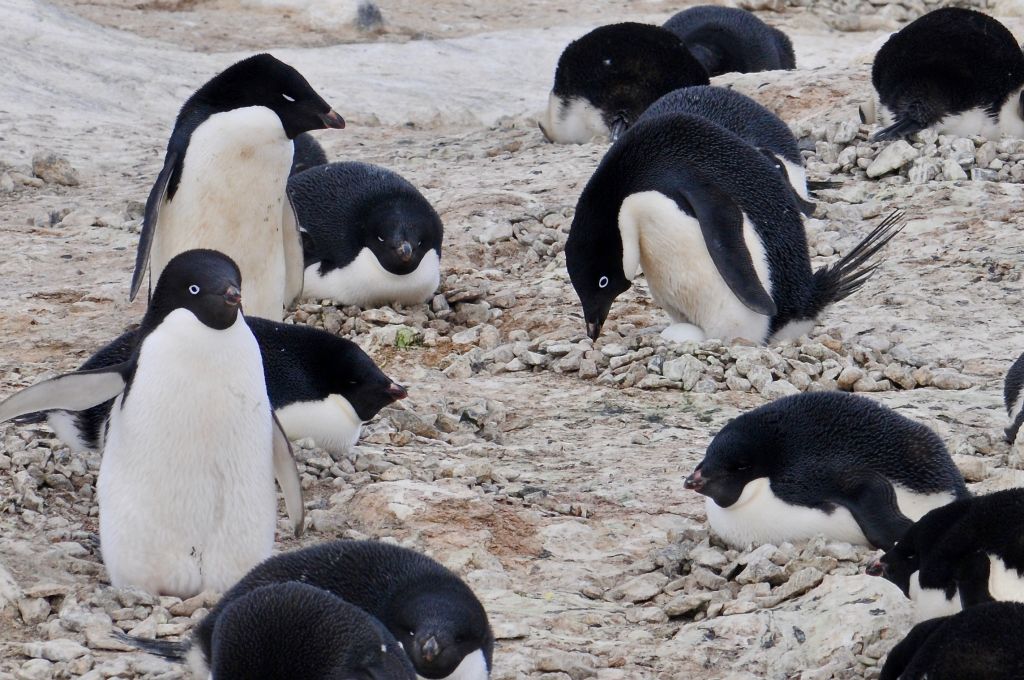
Nesting Adélie penguins at Béchervaise Island (Photo: Mark Horstman)
2020 Enrolled Nurse Scholarships Open
Ending The Pain Of Loneliness
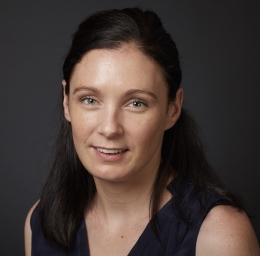
Alliance Submission To The Retirement Income Review
How The Brain's Immune System Could Be Harnessed To Improve Memory
A Happy Partner Leads To A Healthier Future
Can A River Sing? ANU Researchers Say ‘Absolutely’
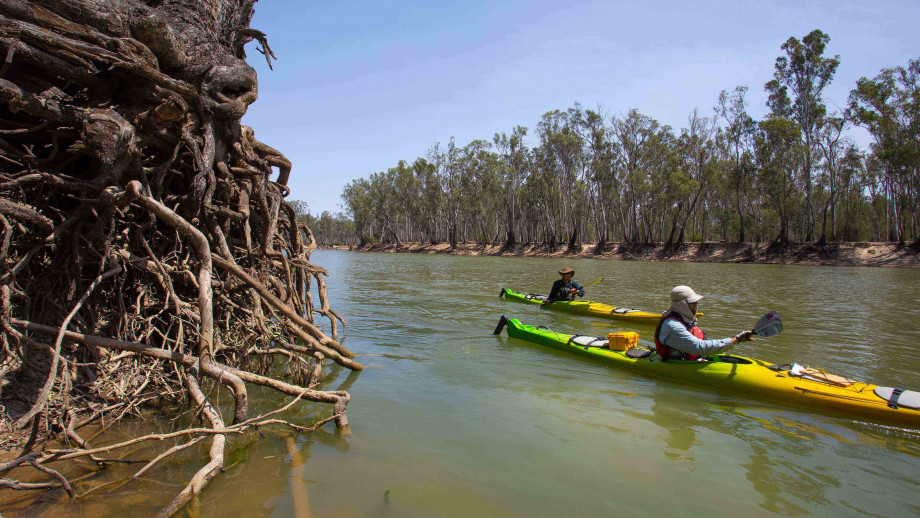
Oral Traditions And Volcanic Eruptions In Australia
'Rule Breaking' Plants May Be Climate Change Survivors
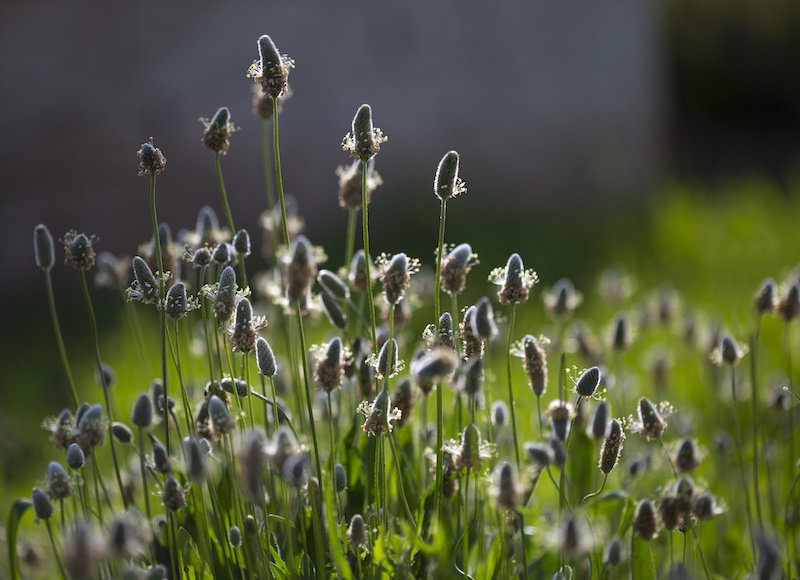
Orb-Weaver Spiders' Yellow And Black Pattern Helps Them Lure Prey
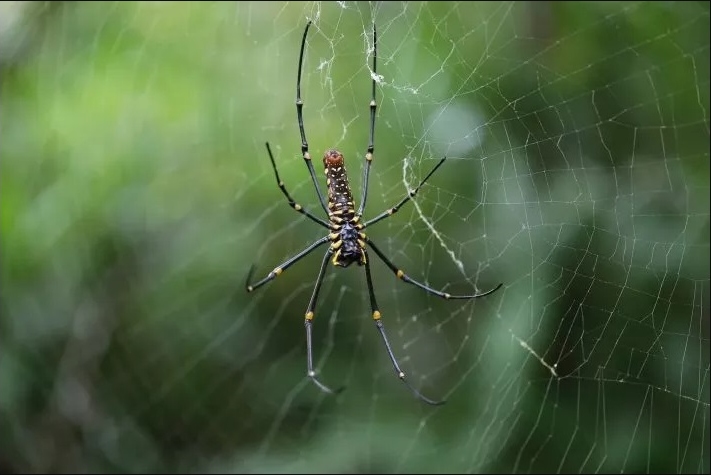
Disclaimer: These articles are not intended to provide medical advice, diagnosis or treatment. Views expressed here do not necessarily reflect those of Pittwater Online News or its staff.